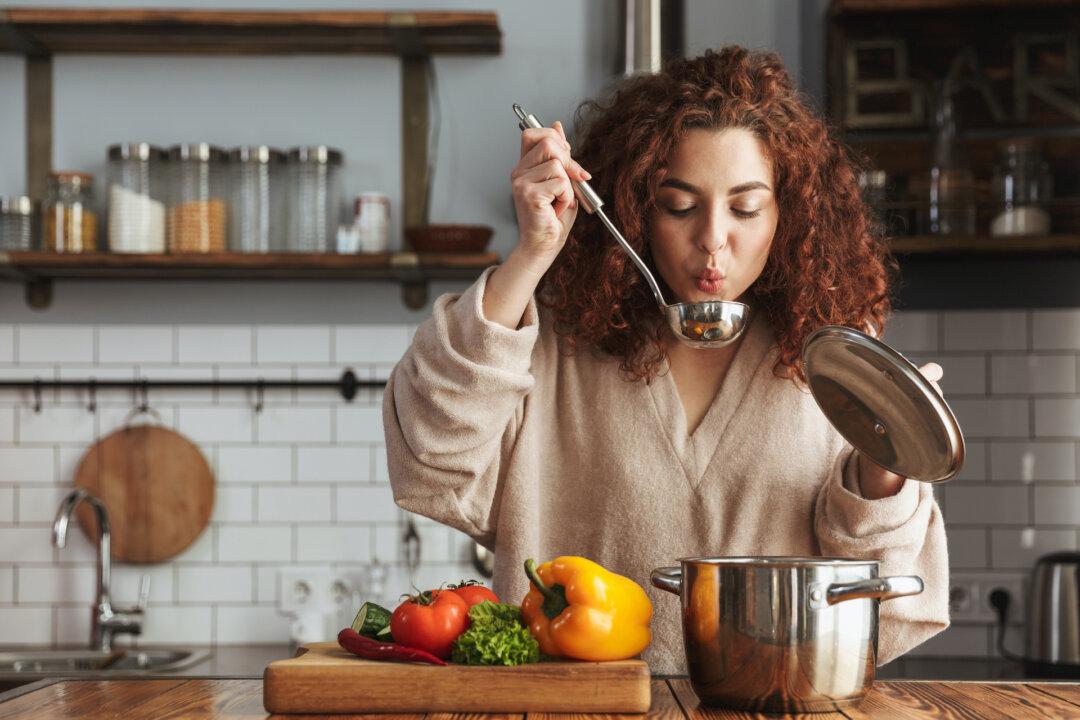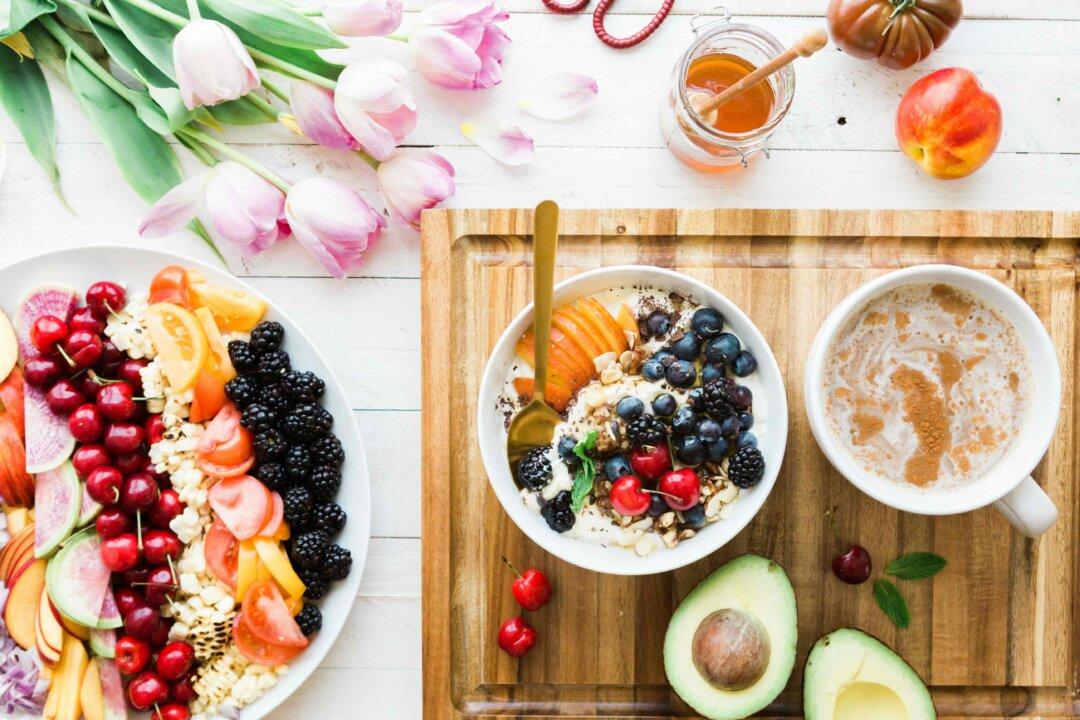When Leanne Brown moved from Edmonton, Canada, to New York to get a Master’s degree in food studies, she had no idea that her thesis would become a digital book that would go viral on social media, turn into a print edition so successful that she would be able to give thousands of copies away for free, lead to a book tour, and land her on the Forbes 30 Under 30 list for Food and Drink. She went to New York University to study the food stamp program, which at the time allocated $4 per day per person for food.
Brown wondered how it was possible to feed oneself well—and to feel good about cooking—on $4 per day.





